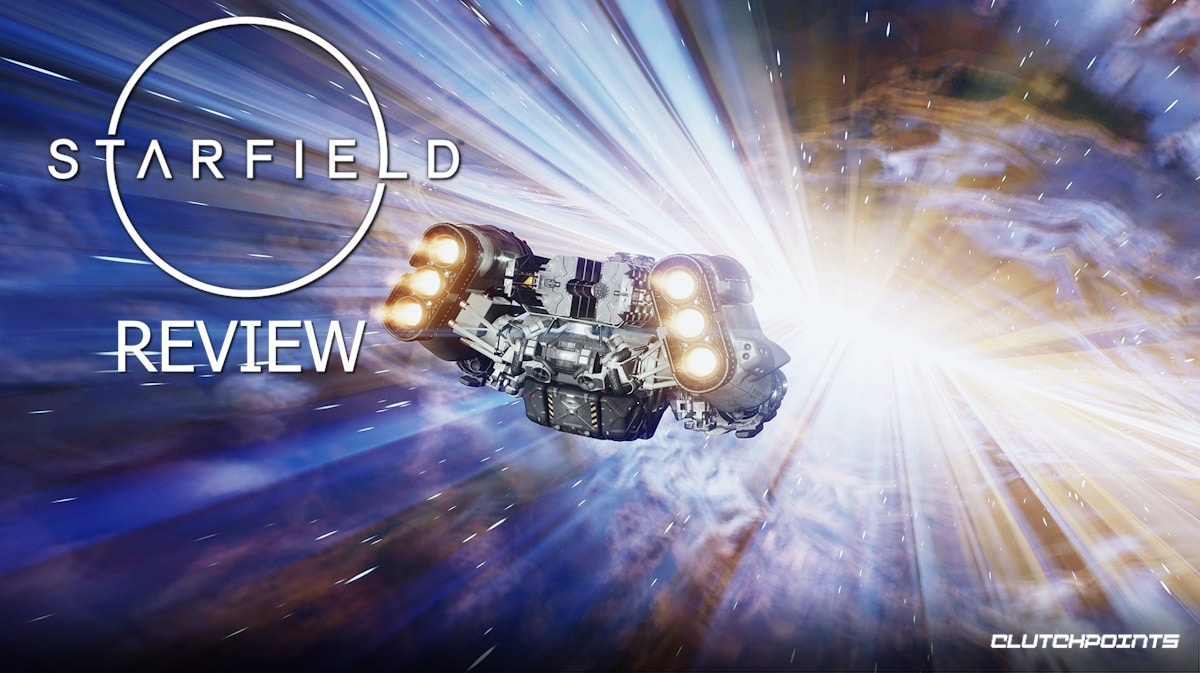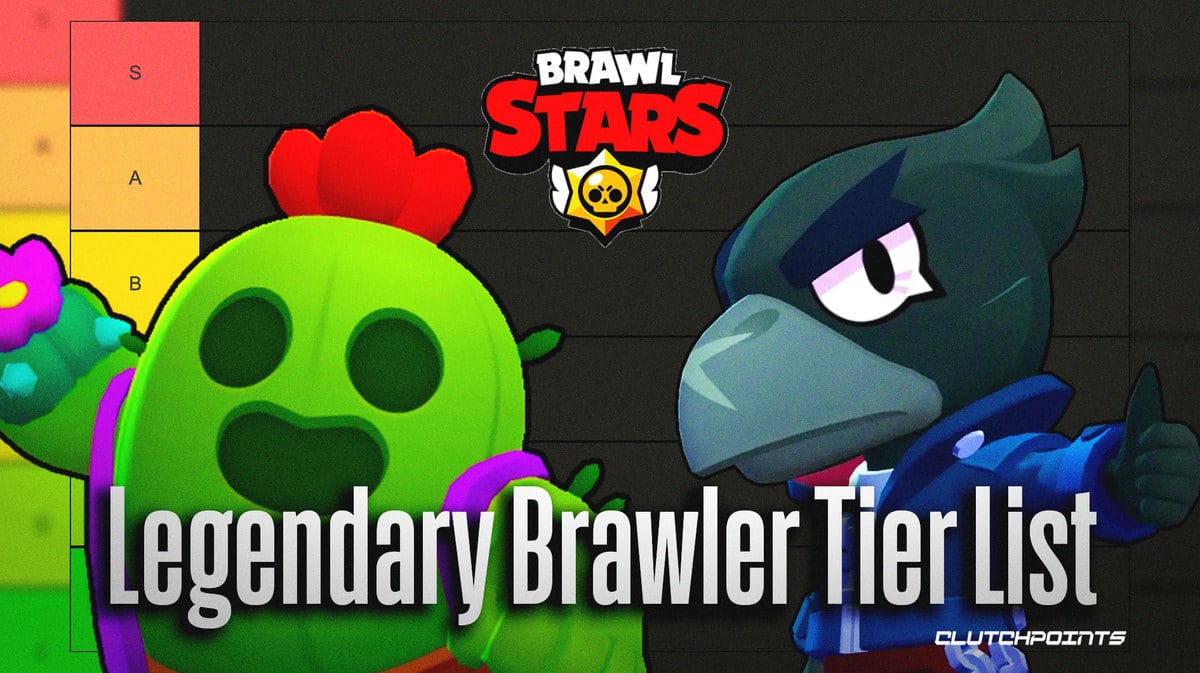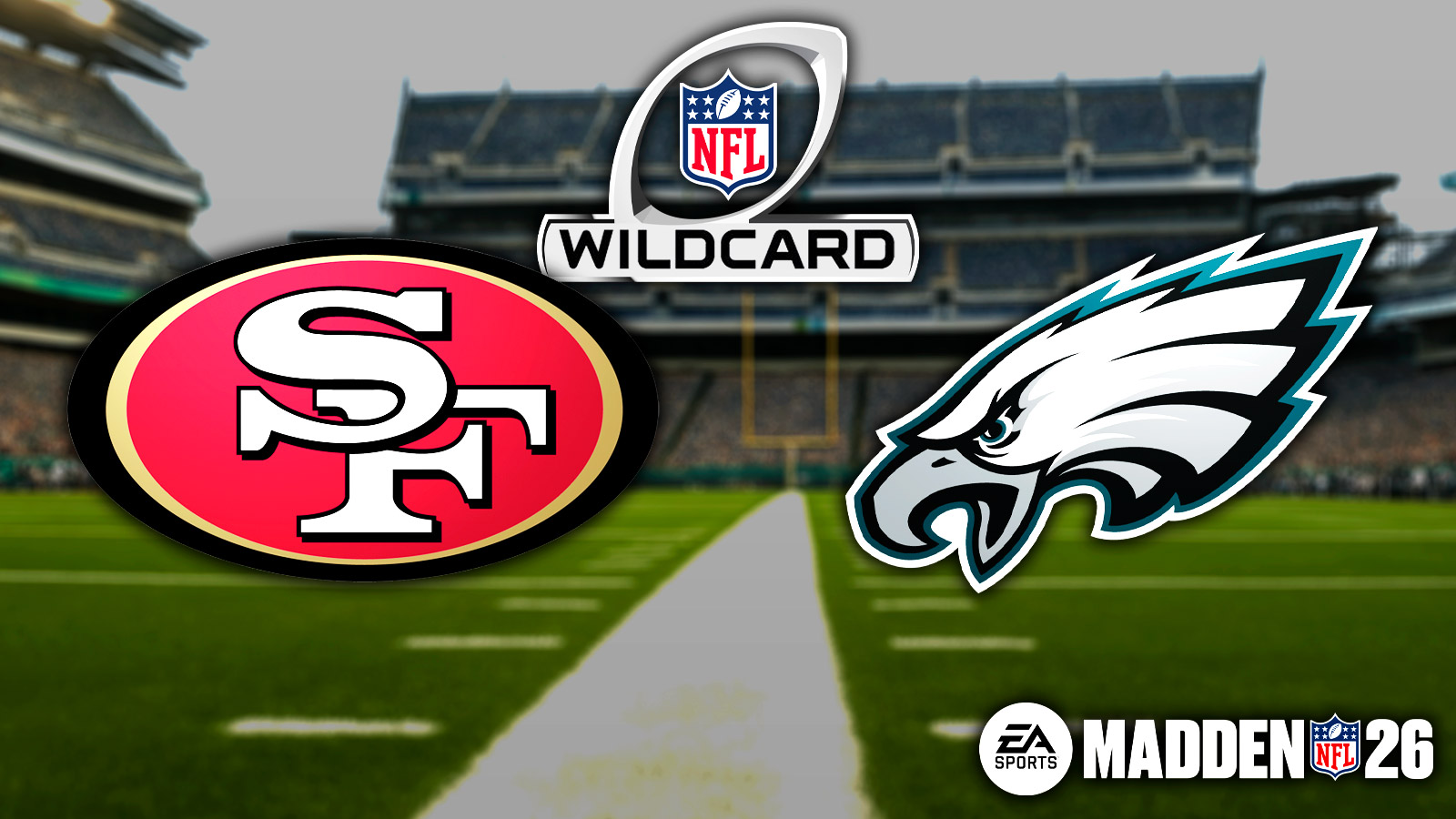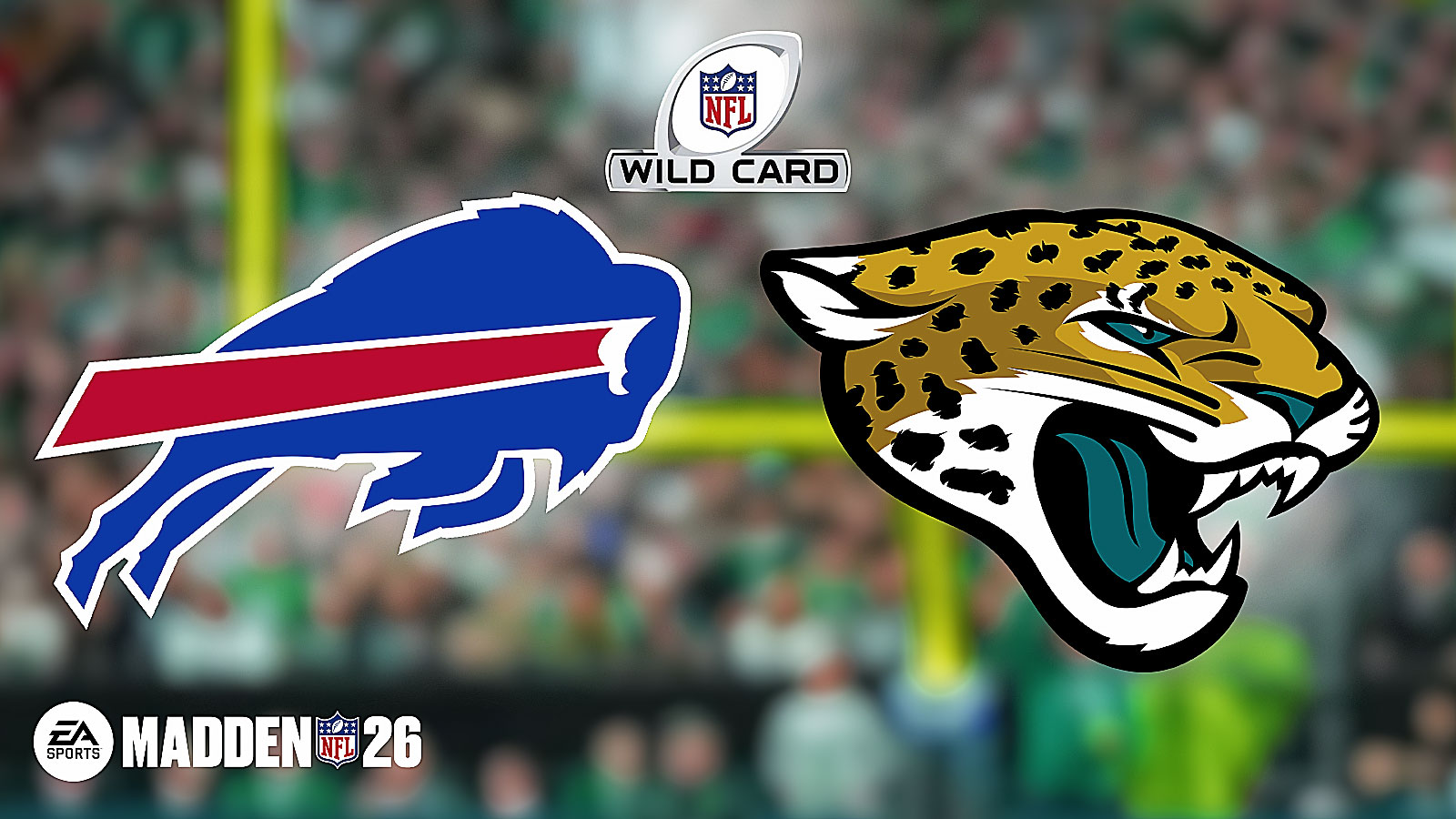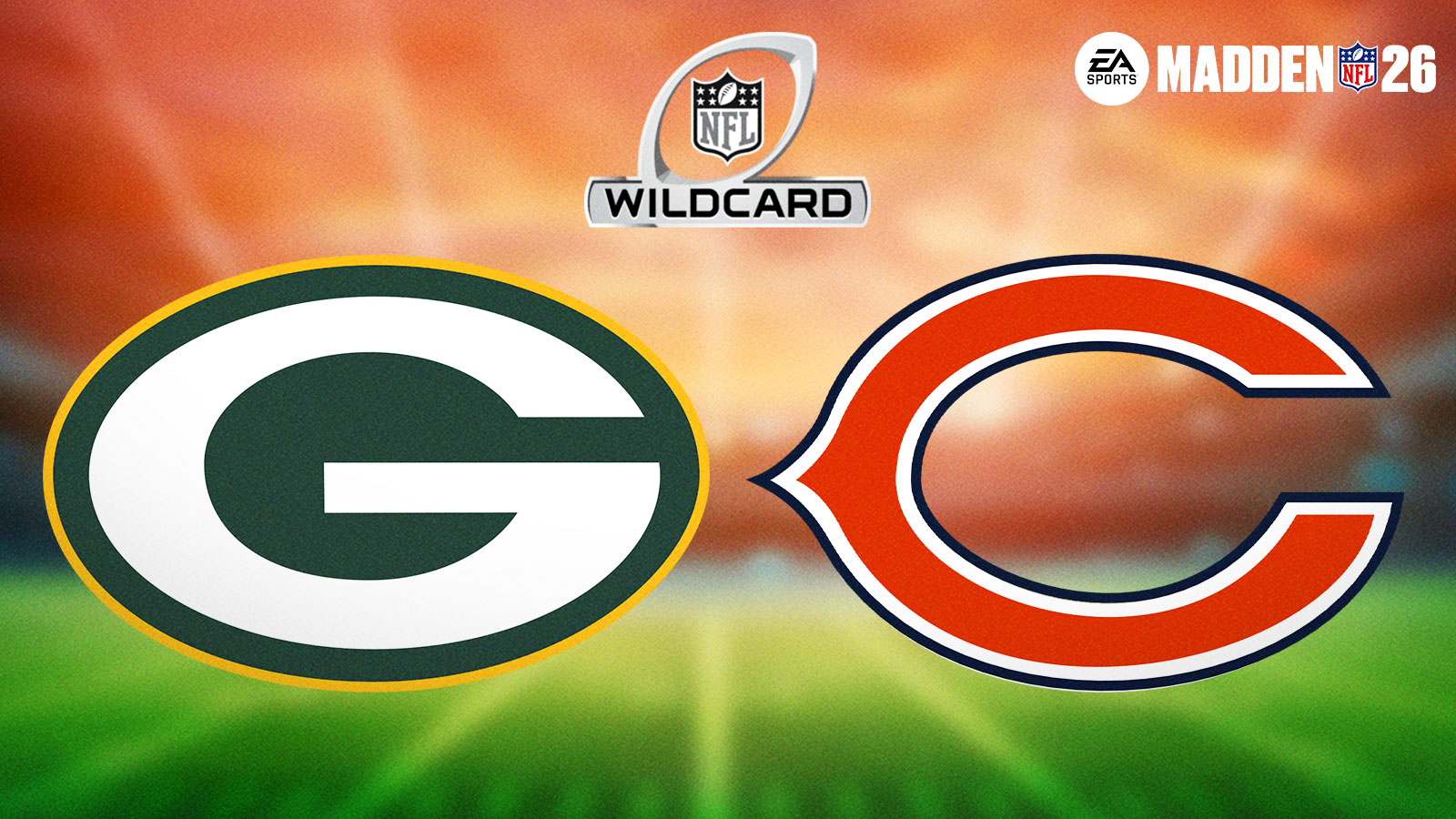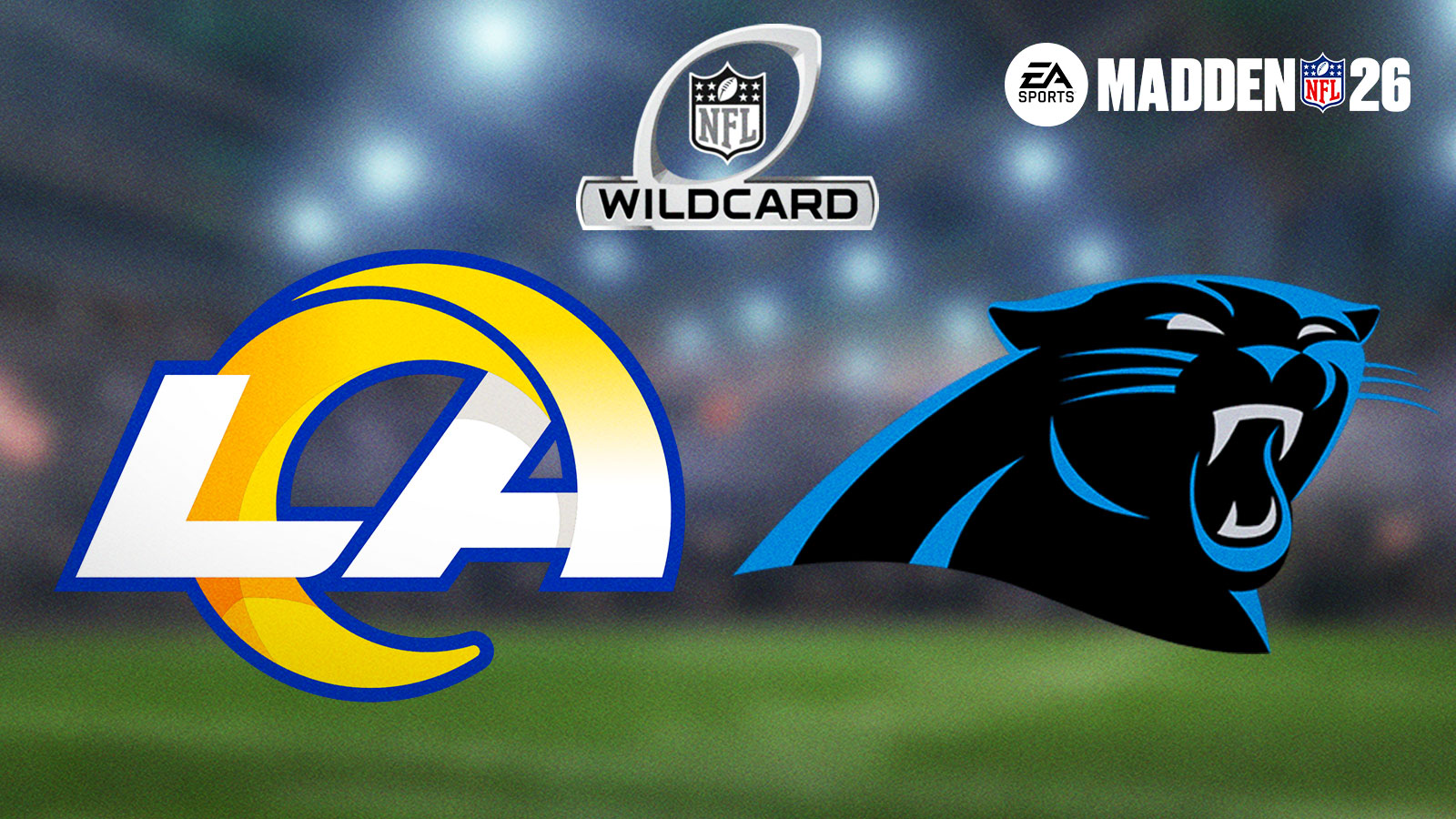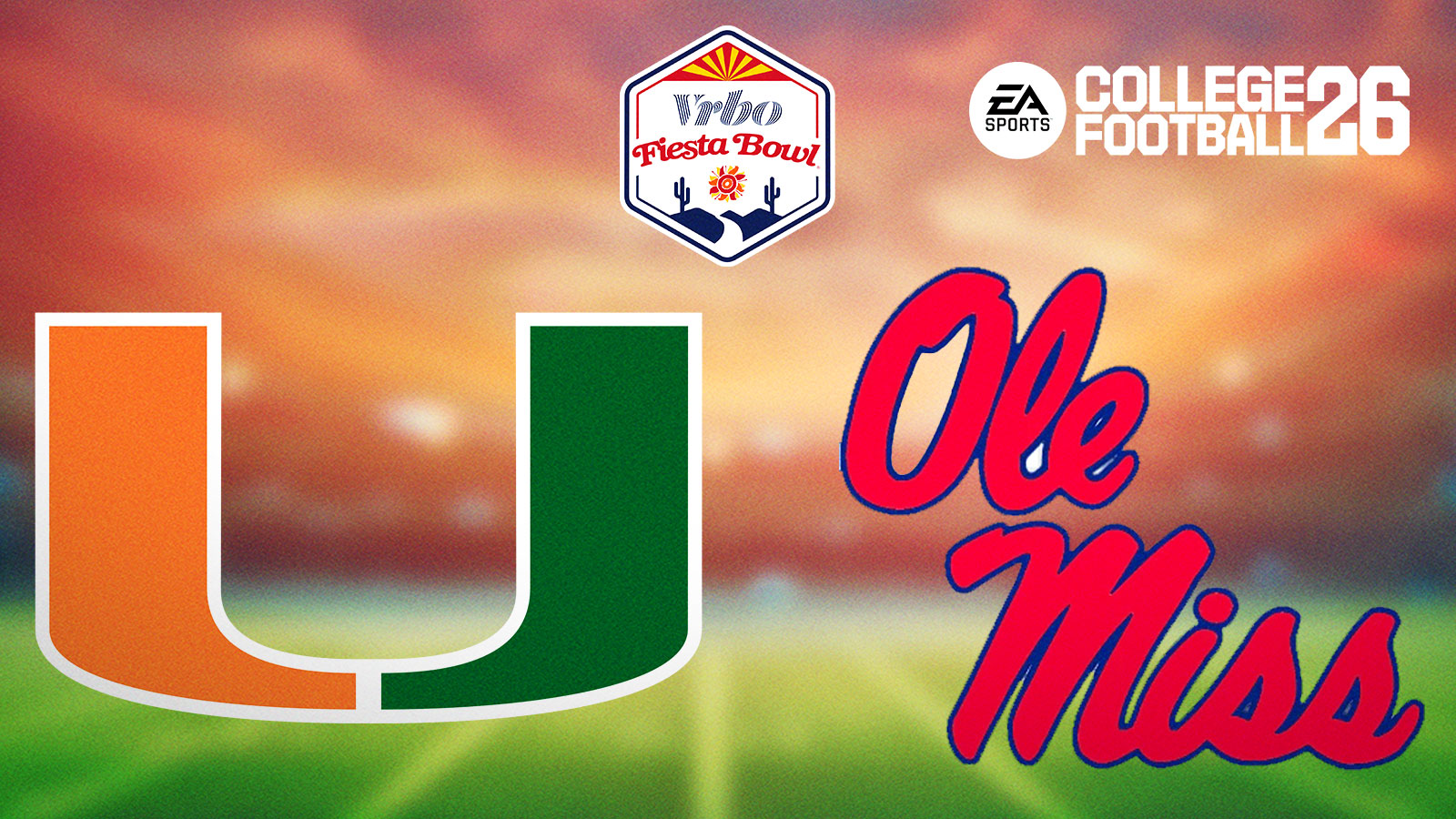The creators of Skyrim and Fallout 4 shot for the stars in their latest game, but did it land? Here is our review of Starfield, a look at its gameplay and story. Do note that there will be spoilers, big and small, throughout this review.
This review will cover Starfield's gameplay and story. The game came out on September 6, 2023, and is available on Xbox Series X|S and PC. The PC version of the game will be the basis of this review. Now, let's dive into our review of Starfield's gameplay and story.
Starfield Review
Starfield Review Background
Much like Bethesda's previous open-world games, Starfield is also an open-world game. However, instead of it being a post-apocalyptic one or a fantasy one, this is instead set in space. Players are able to explore the game's universe, as well as the various planets and moons in it. Players can pilot spaceships to travel between each system, and they can even customize their own. Much like the Elder Scrolls and Fallout games, players can do quests in any order they want and have some degree of freedom in their game.
I will put it out there that I have played most, if not all, of Bethesda's recent open-world games. From Morrowind to Skyrim, to the last three Fallout games, I have played these games to completion. As such, I can easily say that I have a lot of experience when it comes to these games. This includes the infamous Bethesda Games Bugs and Quirks. I will be focusing more on the game's gameplay and story rather than these bugs and quirks. I will also be comparing gameplay features in this game with their counterparts in previous Bethesda games.
So, after taking a while to download the game, I booted it up and dove straight into it.
Starfield Gameplay Review
First off, I will say that from the get-go, Starfield's gameplay immediately felt familiar to me. This isn't because it's like other space-based games that I've played before. It's more because it felt like I was playing Skyrim or Fallout. This isn't a bad thing in and of itself. It just made it so that I knew the limitations of my character's movement, as well as the movement and actions of the NPCs in the game. Talking to NPCs felt like I was playing Skyrim and Fallout 4 all over again. One advantage that this game has over Fallout 4 at least is that I know exactly what my character is about to say.
Speaking of talking to NPCs, I personally liked the conversation system in this game. I felt like the dialogue options were varied enough to allow some roleplay, but also concise enough that I knew what I was getting with each option. I also particularly like the Persuasion system that the game has in place, as it needs some skill to pull off, instead of just relying on a flat percentage.
In terms of the gunplay, it felt like I was playing Fallout 4. There were your usual ballistic guns, from pistols to shotguns to rifles, as well as the more futuristic guns, like laser rifles, laser shotguns, and railguns. It's very similar to how Fallout 4 classified their guns. Of course, let's not forget the melee weapons in the game, although admittedly the selection is not as big as I would like. The guns themselves were fun to use, and they all felt strong in their own little ways. Some of the enemies felt like damage sponges throughout the game, but that was usually because of my lack of preparation than anything.
Speaking of weapons, Fallout 4's weapon customization system makes its way to Starfield. I was able to attach suppressors to my weapons (even in Starfield, I default to the “Stealth Archer” archetype), as well as modify them to meet my needs, such as more accuracy and damage. The only problem with this is that, sadly, it felt like a downgrade from Fallout 4's system. For starters, you couldn't transfer attachments from one weapon to another. This was important in Fallout 4 as I would usually transfer attachments from bad guns to their legendary versions. Starfield gets rid of this entirely. Attachments are gun-exclusive, so you had to upgrade weapons from scratch every time.
This leads to one of my biggest qualms in the game: the materials storage. Back in Fallout 4, players could store all of their materials inside the settlement workbench, and all of the other workbenches could use these materials. If you had the perk to link settlements to each other, you basically had access to all of your materials. In Starfield, however, this isn't the case anymore. Any materials you need to use have to be either inside your ship's cargo hold, inside outpost storage containers, or on your person. While there are workarounds for this, it's still time-consuming and inconvenient.
Moving on from the weapons, let's move on to one of the game's other features that came over from previous games: the Starborn Powers. These just felt like I was using the Shouts from Skyrim. A lot of them have overlaps too, like the Sense Star Stuff having similarities with the Aura Whisper Shout. It felt like they lifted the Shout system from Skyrim, and just plopped it into Starfield. Even the way to upgrade them, which is by locating their temples, is very similar to how shouts are upgraded in Skyrim.
Now, let's talk about what it has that the previous games don't: spaceships. Players can fly these ships into space, have fights with other ships, warp to other systems, and so on. The usual requirements for space games are set in the far future. I personally am fine with the ships themselves, especially when it comes to customization. I have spent literal hours creating spaceships in the game, and although they're not as good as some of the ones you can buy, the satisfaction I got from making a flying ship was worth it.
My only problem with the ship construction is the fact that the Hab connections in the ship felt random. There was no way for players to tell the game how they want one Hab to connect to another, so more often than not my meticulously planned ship layout became mazes that were a huge pain to navigate. There are some ways to manipulate the placement of doors and ladders, but it still felt frustrating whenever things didn't end up the way I wanted it.
The spaceship gameplay of Starfield has a lot of shortcomings. Personally, I feel like the spaceships, and all of the features linked to it are Starfield's biggest weakness. Let's start off with the simplest feature, which is interplanetary travel. Once the beauty of the Grav Drive in the game wears off, you come to realize that space travel is basically just one big loading screen. You can't actually manually travel from one star to another, nor can you directly enter the planet from space. All of these require loading screens, perfectly disguised in small cutscenes.
Linked to interplanetary travel, the planets just felt like locations for me to travel to. After unlocking the locations in the game, you don't even need to go in your ship anymore. If your ship had enough fuel, you could just fast-travel directly to those locations. I'd hazard to say that if Starfield removed spaceship piloting altogether, and just allowed players to travel from one planet to another using chartered flights, the game would still feel the same.
Then, there's the space combat. Before writing my Armored Core 6 review, I decided to play Ace Combat 7 to easily transition from Final Fantasy 16 and Ghost of Tsushima to Armored Core. I honestly enjoyed the aerial combat that Ace Combat 7 offered, and I found myself looking for it in Starfield. It might seem a little unfair to do so, seeing how Ace Combat 7 is a game purely about flying around in planes, while Starfield is an open-world game. However, that doesn't change the fact that, in my opinion, Bethesda could have put more thought into it.
The controls for the ship felt clunky, especially on PC. One small move of the mouse, and my ship was already turning widely. The controls also did not feel intuitive. My first impulse while flying the ship was to use my WASD keys to steer and change my ship's orientation. Once I got used to the controls, it felt somewhat better, but it still felt off.
Overall, Starfield's gameplay feels like a mishmash of features from previous Bethesda games. The gunplay from Fallout 4, the powers and shouts from Skyrim and more. Sure, they worked together, but it still felt like they could have fleshed it out better. The space travel, which was what I was looking forward to, became just a glorified loading screen. I wasn't expecting No Man's Sky levels of polish, but it definitely needed more polish.
With our review of Starfield's gameplay done, let's move on to the story, which I personally feel is the highlight of this game.
Starfield Story Review
The game starts off with the player mining on a planet. Their mining target is not simple ore, but something that was causing a weird gravitational field around it. As the player finishes mining the item from the rock, they experience a weird vision and pass out.
This is where the story begins, and also where adventures in Starfield begin. As it turns out, the Artifact you grabbed was a special item that a group called the Constellation is after. They have been collecting these Artifacts, and are trying to figure out what they are for. As the person who was able to grab the latest one, it falls on you to bring the Artifact to the Lodge, the home base of the Constellation. This will serve as your base of operations for the majority of the game. The Artifact you brought in, resonates with the others the Constellation has, which gives the group a goal.
After this, the game's plot becomes more straightforward. You travel across the galaxy grabbing the Artifacts and bringing them back to the Constellation to try and figure out what it is. During your travels, you also discover locations that resonate with particular Artifact pieces. Traveling to these locations grants the player powers, which range from controlling gravity to creating alternate versions of yourself. This further adds to the mystery of what exactly the Artifacts are, and what they are for.
It doesn't take long before you run into a brand new group, called the Starborn, who are intent on preventing you from finding the Artifacts. They don't exactly explain why, but you encounter them enough that you rule out that it is not a coincidence. The more you gather Artifacts, the more Starborn seems to appear, until it all comes to a head when Starborns attack both The Lodge and The Eye, a space station the Constellation owns. The player has to decide to either protect The Eye or The Lodge, which leads to someone dying. This is one of the inevitabilities of the game, and personally for me one of the choices that really made me question my choice.
After confronting the Hunter, the Starborn that attacked The Lodge, he and the Emissary, another Starborn, invite you to a meeting. They reveal to you what the Artifacts are for a means of traveling to alternate universes. Using the Artifacts, people can become Starborn and travel from one universe to another. The Emissary wants to control who can use the Artifacts, while the Hunter wants to use the power for themselves. During this conversation, it is revealed that the Emissary is, in fact, your friend who died, just from another universe. In their universe, it's you who died. This is further proof that parallel universes exist in this game, and where one big puzzle piece fell into place for me.
See, when I first started playing this game, I saw talks about the game having a New Game +. This didn't strike me as odd at first. After all, three of the games I played to completion recently all had New Game + modes. Then I realized something important: this was a Bethesda open-world game. In all of my playthroughs of Skyrim, Fallout 4, and the other games, there was never a New Game +. After finishing the main storyline, I could just take my time to roam the world and finish all of the quests I missed. So why does Starfield have a New Game +?
The reason is actually simple, and something that only really works story-wise in a space exploration game: you traveled to a parallel universe. I experienced this myself after finishing Starfield's main storyline. I used the Artifacts to attempt to travel to a parallel universe, where I met myself as the gatekeeper of sorts. Afterwards, I gave myself two options: travel towards Unity, and travel to another universe, or go back to my own universe, and explore it more. Of course, I chose to go toward unity and enter New Game +.
Upon waking up, I found myself in a fancy ship, as well as in a fancy space suit. New Game + runs give the player the Starborn ship and Space Suit, and these upgrade every time you finish the main story and head to Unity. This was such a brilliant way to make players play the game over and over again, in my opinion. Even though I no longer had my equipment with me, I still had my skills, and my experience from doing the quests in the previous game. This isn't just a meta thing, by the way.
When a player enters New Game +, they unlock what are called Starborn options. Basically, you pull upon your experiences from your original universe and select dialogue options that originally were not available. For example, early on in the game, I had to do a favor for the bartender so that I could get information. After entering New Game +, I had the Starborn option to just tell him what he wanted to know, bypassing the need to do him a favor. This applies to most, if not all, of the content the player has done in their previous run.
It's just so interesting seeing the story in a different way every time. Having options that change the story that is only available in subsequent runs is such a great way (personally anyway) of telling a story. It encourages you to play the game multiple times in an effort to experience everything it has to offer.
What's even funnier is that on your second run onwards, you have the option to use your Starborn powers to skip the main storyline altogether. Upon entering Constellation, you basically just tell them to tell you where the other Artifacts are, grab them, and proceed immediately to the end-game fight. This makes farming the Space Suit and Ship upgrades easier, while also adding some fun little twists to the game.
Starting New Game +2 onwards, there is a chance for the Main Story Quest to be carried out in a different way. When I entered NG+2, for example, the Hunter had already killed all of Constellation and grabbed their Artifacts. When my friend entered NG+2, all of the Constellation members were instead children. Someone online even reported that in one particular run, they ran into themselves, and were able to recruit themselves as a party member.
Other than the (personally) very interesting plot of Starfield's main story, it's also important to bring up that the side questlines are also pretty good. As of writing this article, I have finished the UC Vanguard Questline, as well as the Freestar Ranger Questline, and am currently doing the Crimson Fleet Questline. Each of these questlines is properly written, with very interesting story moments, as well as some pretty good world-building. A lot of them also had some very heavy decisions that I had to make. For example, I had the option to either turn in a corrupt politician and possibly shut down his business that feeds thousands of workers, or leave him to continue harming farmers. It's things like this that make Starfield's side stories very interesting.
In summary, Starfield's story is personally where the game shines through more. The way the developers were able to explain a weird gameplay mechanic (the New Game+) as an in-universe story point is very well done for me. The quests themselves are fun to do, and I don't think I encountered a quest where I felt that I wasted my time after finishing it. The story is definitely Starfield's strong point.
Starfield Review Summary
Overall, Starfield is a pretty decent game. Starfield's gameplay feels very familiar, so Bethesda games fans will definitely be at home with the game. Its story is perhaps its strongest point, as it tells a pretty decent story that builds the world properly, as well as gives you some pretty good insights about its current affairs. However, it's not all good things. Since the gameplay of Starfield is very similar to older games, it's very easy to see where they fell short, like in the ship gameplay as well as the gun customization. While the story is pretty good, it's not strong enough to carry the game to fame.
If I were to summarize it in one sentence, Starfield is not as great or amazing as some reviews claim it is, but it is also not as bad as other reviews say. It's just a pretty decent game you can sink some hours into.
Score: 7/10
That's all for our review of Starfield, its gameplay, and its story. Check out our gaming news articles for the latest in gaming news.

